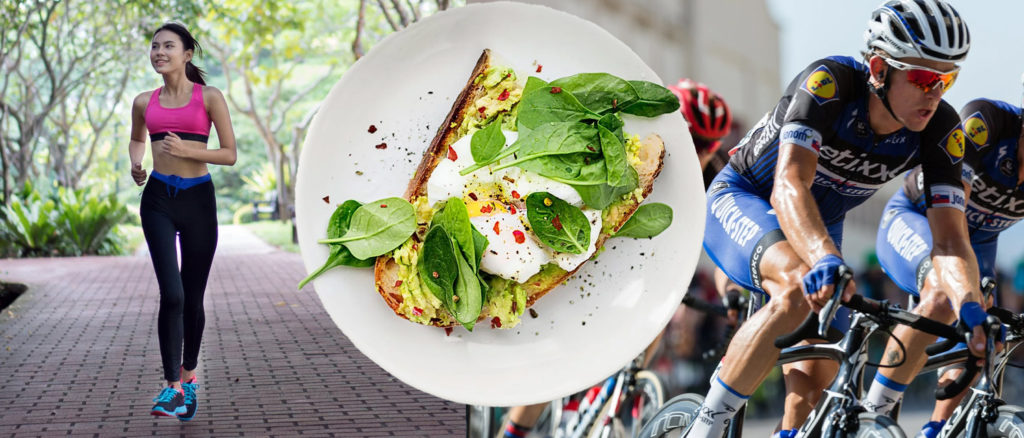Born near Bern, died in Locarno and spent more than half his life in Switzerland, Paul Klee was always a foreigner. Times have changed and it is in the Swiss capital that the three hills of the Zentrum Paul Klee were built in 2005, bringing together the world’s largest collection of the artist’s works. Although he is undeniably cited as one of the most influential painters of the 20th century, he belongs to that tiny category of unclassifiable artists, those who have never really associated themselves with a movement.
On December 18, 1987, Paul was born on the outskirts of Bern, the son of German musician Hans Wilhelm Klee and singer Ida Maria Frick. Although he was a real dunce at school, the young boy showed a definite penchant for creation in all its forms. While his father quickly introduced him to music, he also discovered painting with his grandmother, filling his sketchbooks with urban and landscape drawings. The banks of the Aare, the majestic cathedral, the Zytglogge and the peaceful Bernese Oberland, everything is documented in his notebooks! Divided between his two passions during his adolescence, Paul Klee was forced to make a decision when he obtained his Maturité. Violin or paintbrush, what a cornelian choice! On the one hand, he was an outstanding musician and played in the Bern orchestra. On the other hand, he was completely driven by painting, but had no experience in the field. What to do? This plot is not really a plot, since it is the painter Klee that the story will know. But Klee’s life as a painter is not a straight line, despite the great notoriety he acquires during his lifetime. This tumultuous path began with his first failure at the Munich Academy of Fine Arts. Lack of experience in the representation of the human body, they say… Nevertheless, he was admitted the following year, in 1900, but not for very long. In protest against the senile and outdated teaching, Paul Klee decided to prematurely abort his academic studies. Religious motifs and mythological scenes were to give way to travel and encounters, the new sources of inspiration for the avant-gardist. The six months spent in Italy to bathe in the vestiges of Antiquity, the Renaissance and the Baroque period reinforced the artist’s opposition to the past, which was far removed from his era. This was the beginning of his own quest for artistic language.
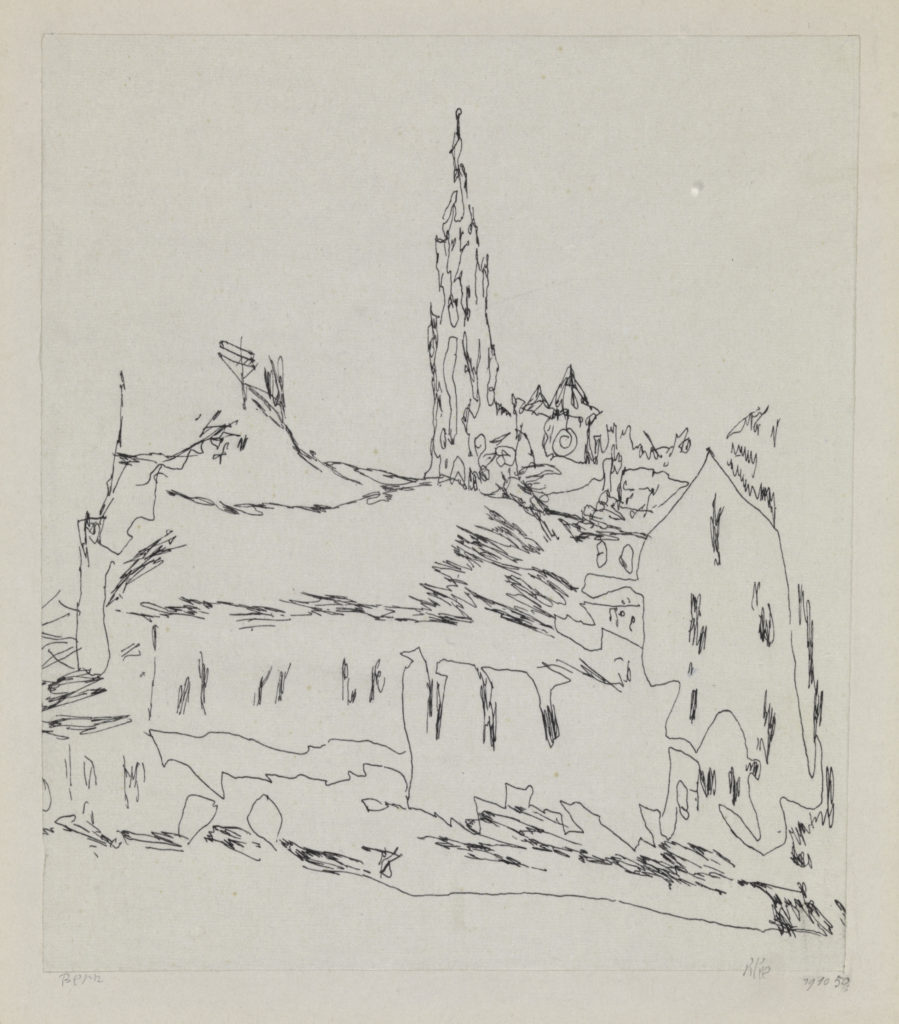
©Zentrum Paul Klee, Bern
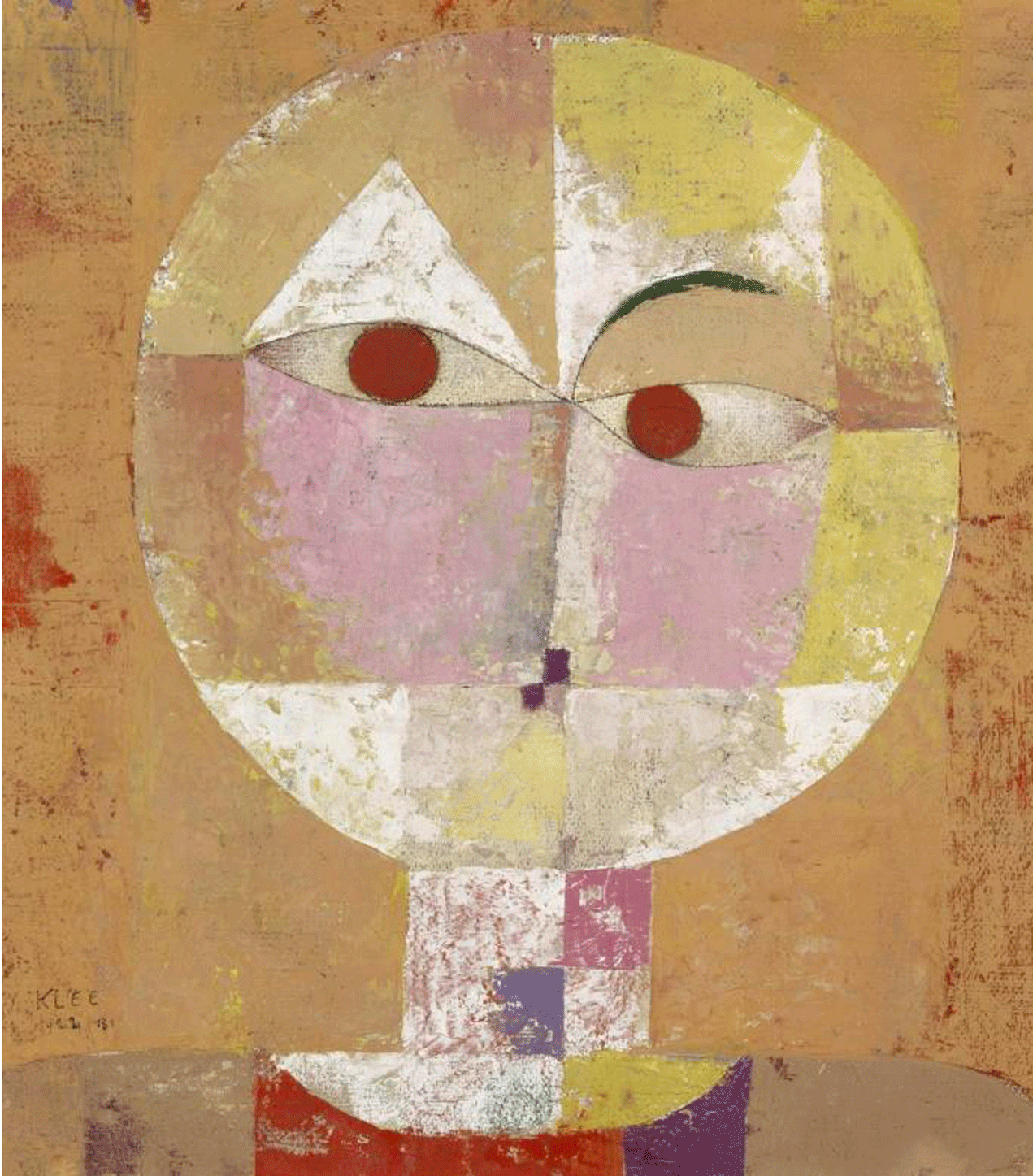
©House of Switzerland ©WahooArt
And the color was
Although he returned to his family home in Switzerland from time to time, Paul Klee was determined to live elsewhere. “In Bern, I could very well become a bookworm or a schoolmaster, but never an artist,” he wrote. Married to the pianist Lily Stumpf in 1906 and father to Felix the following year, the artist settled permanently in Munich, one of the artistic epicenters of his time. Surprisingly for that time, he took on the role of a stay-at-home father and set up his studio in his kitchen. On the artistic side, he gradually began to make a place for himself. Paul Klee entered the avant-garde circles, in particular by joining the “Blaue Reiter” (“Blue Rider”) group, which included Wassily Kandinsky. The two men built a long friendship, but let’s not get ahead of ourselves. At the beginning of the 20th century, the painter’s art was predominantly dark, whether in his black watercolors or in the use of ink. He works on reduction and is just beginning to move towards abstraction. Cubist influences can be read in his style, but also a research on the construction without perspective, nor superimposition of planes. The important palette of bright colors and pastels that we know today in the work of Paul Klee appeared in the artist’s work only after his trip to Tunisia in 1914. And what a trip it was! Such strong emotions, that he even returned early to work! “Color possesses me” he wrote in his diary. He was not indifferent to the construction of cities either. Their rectangular architecture pushed him to a new reflection in relation to the composition on the canvas and to cubism. Dominant geometry and abundance of colors became the new tools of the artist to represent the transience of this world.
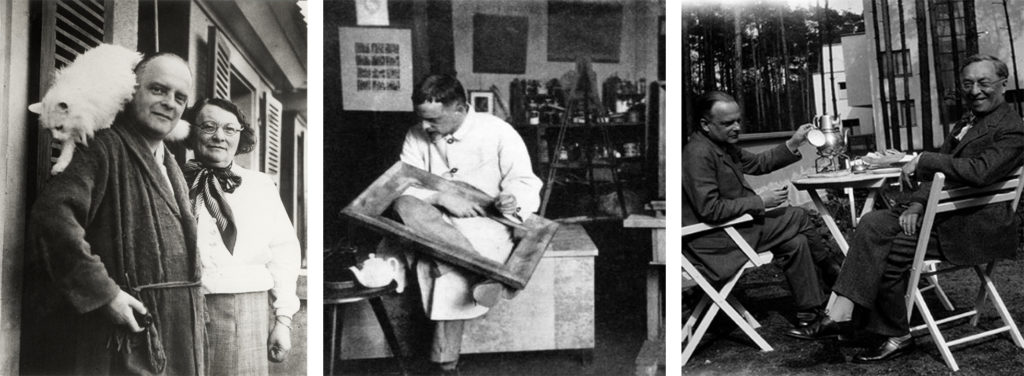
Degenerate artist
When the First World War broke out, Paul Klee was called up to the reserve regiments and continued to paint. While Europe was devastated, the 1920s smiled on the artist, who was propelled to the ranks of the great names of modern German art. Several exhibitions at the Berlin gallery Der Strum, a first retrospective of his work with nearly 350 pieces exhibited in Munich, to name but a few. As his reputation grew, he was invited to teach at the Bauhaus in Weimar, then in Dessau. In this design school, he met his friend and neighbor Wassily Kandinsky. But this new role as a teacher kept Paul Klee very busy, as he no longer had as much time to paint. While the artist was carefully preparing his classes in Germany, his works moved from gallery to gallery. He entered the Nationalgalerie in Berlin before having his first solo exhibition in New York in 1924. On the occasion of his 50th birthday in 1929, several exhibitions were organized in Europe as well as on the American continent. While his social and artistic rise followed a geometric progression, it came to an abrupt halt in 1933 with the National Socialist party taking power in Germany. Paul Klee’s art was considered “degenerate” and he was dismissed from the Düsseldorf Academy, where he had been teaching for several years.
Exile longer than life
Although the artist returned to his childhood home in Bern, he was not accepted by society, which considered him a stranger. In 1934 Lily and Paul Klee moved to 6 Kistlerweg, which was to become the artist’s last studio. The isolation and loneliness of Bern, after the life of a cosmopolitan artist, is compounded by a progressive skin disease, which increasingly restricts his movements and his work. The situation weighs heavily on the artist’s motivation. The first years of exile were not artistically fruitful for Paul Klee, who produced only about thirty paintings in 1936. Locked up at home, the man who had been so inspired by his travels began to open the doors of his own imagination. The physical constraints then became powerless in the face of his freedom of spirit. He reproduces certain experiences and pushes himself on the path of illusions. Gradually, the Bernese soil made the creative bean germinate. In 1937 the artist multiplied by 10 the number of paintings realized the previous year, while in 1939 he was at his peak of productivity with 1253 pieces inventoried! Unfortunately, the illness will be the reason of the artist, who dies the following year during a cure in Locarno. He was buried in the Bernese cemetery of Schosshalde as a German, but his passport with the white cross did not arrive. He was thus born and died as a foreigner, although his destiny undeniably linked him to Helvetia.

A life in waves
A few meters from the cemetery, in the Bernese district of Kirchenfeld-Schosshalde, a hilly building opened in 2005. Designed by the Italian architect Renzo Piano, it reproduces the landscape in three wave-shaped metal constructions. In addition to an auditorium, restaurant and children’s area Creaviva, Zentrum Paul Klee houses the largest collection of works by Paul Klee. Born under the initiative of Alexander Klee, the artist’s grandson, the center has received nearly 1,500 works from the Klee family, as well as from other donors. The museum organizes several temporary exhibitions, which allow visitors to get to know the painter from different angles as well as to discover other artists. Mapping Klee, which will run until April 24, 2021, is an imago-biographical account of the artist’s various travels. It will be followed by the exhibition Paul Klee. I don’t want to know anything from May 8 to August 29, which will guide visitors through the origins of art, a subject the artist was passionate about. By collecting children’s drawings and taking an interest in the art brut, so dear to Jean Dubuffet, Paul Klee was constantly searching for new ways to express himself. At the same time, the center is devoting a retrospective to Alexander Klee, who died in March of this year. Painter, photographer and graphic artist, he was also known under the pseudonym of Aljoscha Ségard.
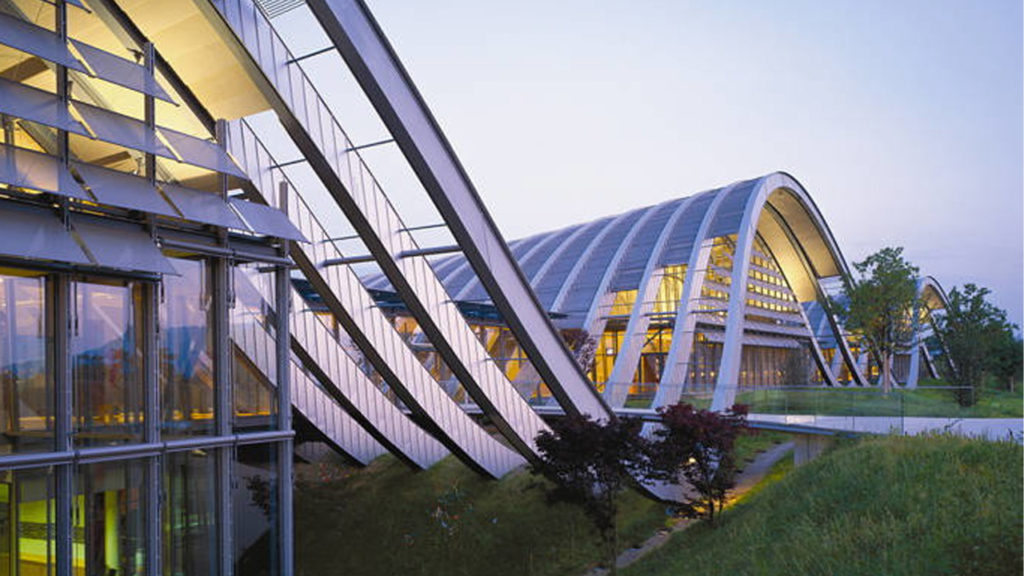
The most Swiss of the non-Swiss painters, the enigmatic Paul Klee remained on the fringe of all artistic trends. Driven first by his travels, then by his imagination, he created a cosmic universe of hieroglyphs and mysterious signs. If his avant-garde work had already found the public of his time, his geometrical and figurative style continues to bewitch visitors to the Zentrum Paul Klee in Bern.
